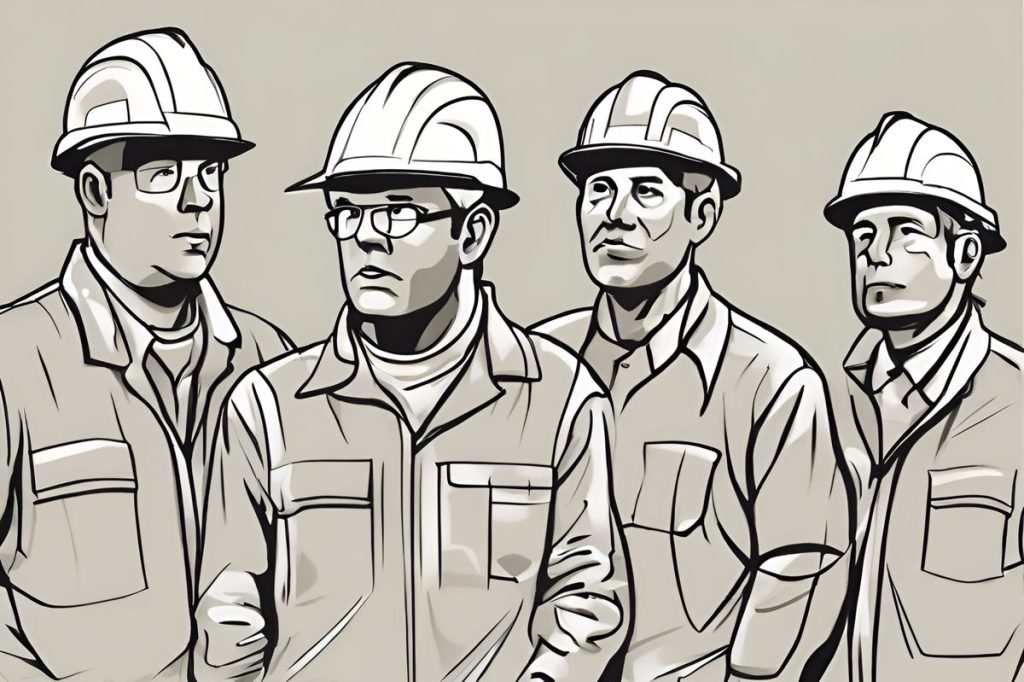The workplace has seen over 5,000 accidents and 30 fatalities in the past three years, with the construction sector and machine-related incidents posing significant risks in Cyprus. To combat these alarming statistics, strict adherence to safety regulations, comprehensive staff training, and a culture of safety and health are crucial strategies in achieving zero accidents and ensuring the well-being of all workers.
What are the key strategies to achieve zero accidents in the workplace?
To achieve zero accidents in the workplace, key strategies include:
- Strict adherence to safety regulations and legislation.
- Comprehensive staff training on safety protocols.
- Provision of appropriate safety equipment.
- Flexible work schedules to combat climate-related risks.
- Cultivating a culture of safety and health.
- Increasing on-the-spot inspections.
- Enforcing stricter penalties for safety violations.
A Alarming Statistics in Workplace Incidents
Over the past three years, the workplace has proven to be a dangerous environment for many, with over 5,000 reported work accidents and a tragic total of 30 fatalities. The president of the Technical Chamber Etek, Constantinos Constantis, revealed these concerning figures during World Day of Safety and Health at Work. The construction sector, which sees a significant number of these incidents, is noted for being particularly perilous, accounting for 42 percent of the reported accidents.
Machine-related accidents also pose a considerable threat, making up 22.6 percent of the total. A year-by-year breakdown shows a decrease in overall accidents from 1,527 in 2020 with 16 fatalities to 1,335 in 2022 with nine fatalities. Despite this decline, the numbers remain alarmingly high, especially within the small nation of Cyprus.
Adding Climate Change to the Equation
The dangers of workplace accidents are further compounded by climate change. Constantis underscores the heightened risk of heat stress and points out additional factors such as ultraviolet radiation, air pollution, industrial pollution, extreme weather events, communicable diseases, and chemical exposure. These elements not only challenge workers’ safety but also complicate the existing occupational hazards.
Preventative Measures and Safety Cultivation
Addressing the issue demands a multifaceted approach. Etek urges its members to adhere strictly to safety regulations and legislation. Constantis emphasizes the necessity of comprehensive staff training, the provision of appropriate safety equipment, and the adaptation of flexible work schedules, especially during the sweltering summer months. Cultivating a culture of safety and health, increasing on-the-spot inspections, and enforcing stricter penalties for safety violations are key strategies in the fight against workplace accidents.
Employers must recognize that worker safety and health are fundamental human rights. There is a collective responsibility to not only promote but to enforce safe practices that protect those who are at risk. As echoed by leaders in the field, the ambition is to achieve ‘zero occupational accidents,’ a goal that, while challenging, is imperative for the well-being of all workers.
How many reported work accidents and fatalities have occurred in the workplace over the past three years?
Over the past three years, there have been over 5,000 reported work accidents and a total of 30 fatalities in the workplace in Cyprus.
What are the most significant risks in the workplace in Cyprus?
The construction sector poses a significant risk in the workplace, accounting for 42 percent of reported accidents. Machine-related incidents also pose a considerable threat, making up 22.6 percent of the total.
How can climate change impact workplace safety?
Climate change can impact workplace safety by increasing the risk of heat stress, ultraviolet radiation exposure, air pollution, industrial pollution, extreme weather events, communicable diseases, and chemical exposure. These factors can complicate existing occupational hazards and pose additional risks to workers.
What are some key strategies to combat workplace accidents and achieve zero accidents?
Key strategies to combat workplace accidents and achieve zero accidents include strict adherence to safety regulations, comprehensive staff training on safety protocols, provision of appropriate safety equipment, flexible work schedules to combat climate-related risks, cultivating a culture of safety and health, increasing on-the-spot inspections, and enforcing stricter penalties for safety violations.

